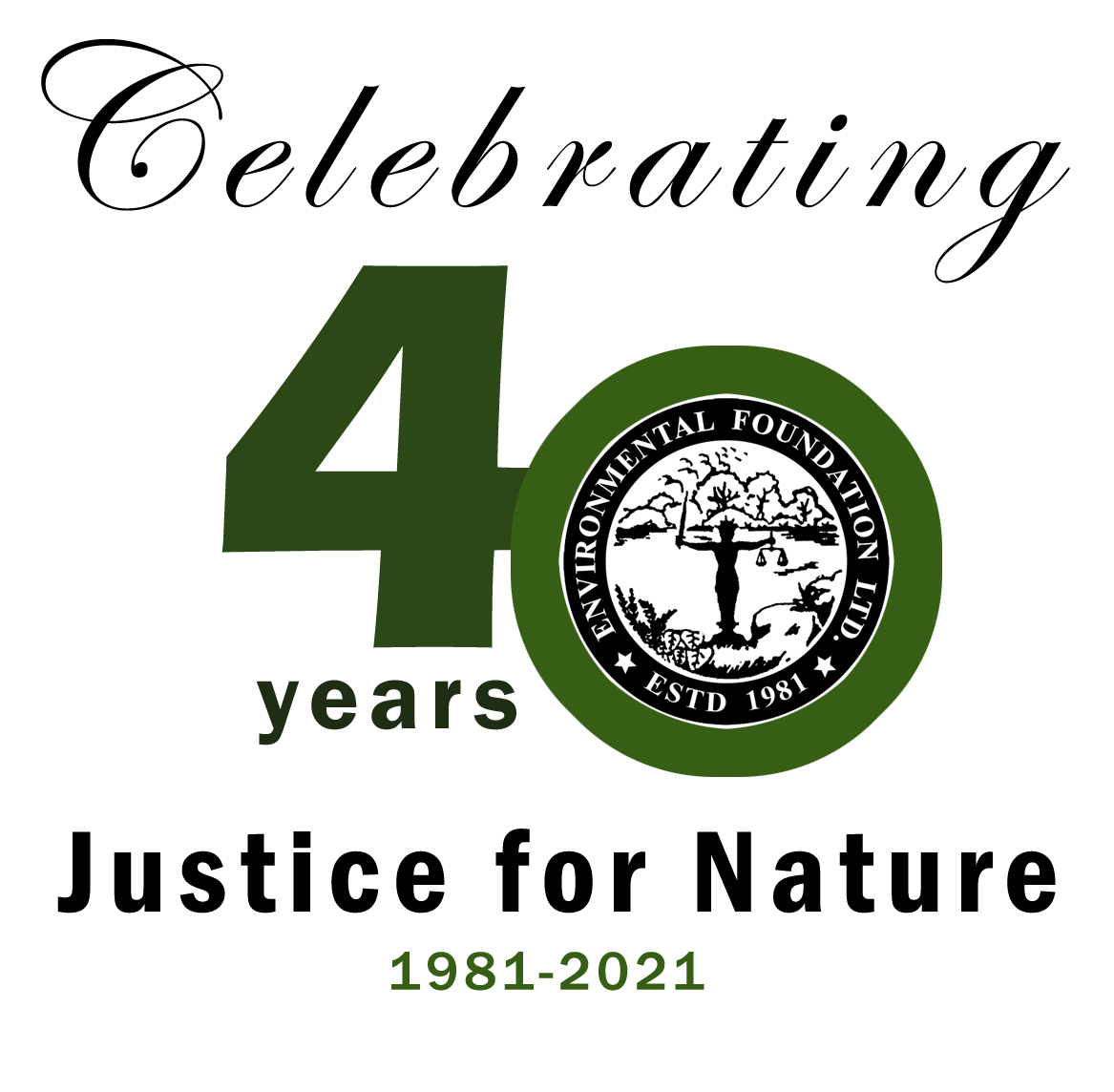ආක්රමණශීලී ආගන්තුක ශාක විශේෂ ලෙස හඳුන්වන්නේ ආර්ථිකයට, පරිසරයට හා සමාජ ජීවිතයට අහිතකර බලපෑම් එල්ල කරනු ලබන වෙනත් භූගෝලීය ප්රදේශවලින් පැමිණි ජීවී විශේෂ වේ. නැතහොත් හඳුන්වාදීමකින් හෝ අහම්බෙන් හෝ තම ස්වභාවික වාසස්ථානයෙන් බැහැර ප්රදේශයක ව්යාප්ත වී, එහි ජෛව විවිධත්වයට තර්ජනයක් ඇති කරන ජීවී විශේෂ ලෙස ඒවා දැක්විය හැකිය. මේවා විශාල ගස්, පැළෑටි, පඳුරු, වැල් යනාදී වශයෙන් දැකගත හැකිය. කෘෂිකාර්මික ඉඩම්, වන වගා, ස්වභාවික වනාන්තර, අතහැර දැමූ ප්රදේශ, මාර්ග දෙපස මෙන්ම අභ්යන්තර ජලාශ, දිය පහරවල්, ඇළ වේලිවල හා ඇතැම් කරදිය ප්රදේශවල ද
Saltwater Crocodiles (Crocodylus porosus) are the most widely distributed species of crocodile in the world. In Sri Lanka, they are found in tidal rivers and marshlands in the coastal wet zone and some areas of the dry zone, and sightings in the Nilwala River have become increasingly common. These reptiles have a broad and varied diet, with juveniles preying on insects, crustaceans, and small fish, while adults prey on larger animals such as monkeys, wild boar and buffalos. On the 21st
Funded by the Japan Biodiversity Secretariat, Environmental Foundation Limited generated 16 maps based on biodiversity and socio-economic data as well as development plans of the government of Sri Lanka. These maps include existing protected areas, proposed gaps in protected areas, forest areas important for erosion and flood control, habitat suitability and corridor models, as well as areas identified for commodity agriculture and large scale infrastructure. The purpose of this project was to understand where biodiversity targets will conflict with
From conserving habitats to preventing illegal wildlife trade, the law is a crucial instrument in protecting Sri Lanka’s biodiversity and ensuring that endangered and endemic species are not forgotten and lost in waves of development. While Sri Lanka is bound by international conventions such as the Convention on Biological Diversity and the Convention on International Trade in Endangered Species of Wild Fauna and Flora, it has a diverse range of domestic legislature under which biodiversity is governed and considered. Biodiversity
Despite global recognition for their biodiversity, Sri Lanka’s moist tropical evergreen forests seem to be less valued by its citizens, as development goals and population pressures have steadily eroded forest cover, often leaving only isolated patches which still sustain rare and endemic species. Buoyed by green credibility and a conducive policy framework that was afforded to renewable energy, mini hydro power projects have mushroomed in the South-west, harnessing water sources that are often found in pristine and untouched rainforests. While the
Sri Lanka may be a global biodiversity hotspot, but national development projects, encroachment for cash crops and expanding human settlements threaten the fragmented habitats that foster a rich variety of rare and endangered species. EFL conducted a pilot study involving a national scale mapping of biodiversity conservation priorities in the light of development goals and socio-economic data. By identifying biodiversity priorities and aligning them with national planning strategies, we can ensure that Sri Lanka’s development does not compromise its rich biological





